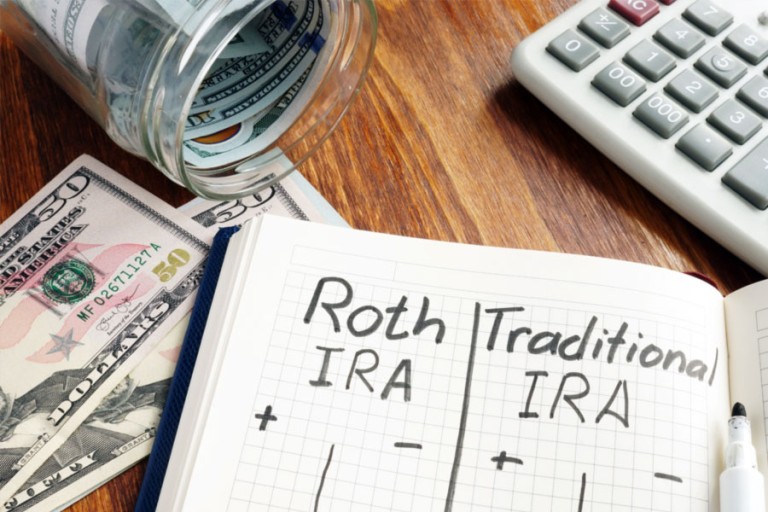Retirement is a significant life milestone, but it comes with its own set of rules and regulations, especially concerning your retirement savings. One critical question that often arises is, at what age am I required to take the required minimum distributions, also known as an RMD?
Required Minimum Distributions (RMDs) are a fundamental aspect of retirement planning, and understanding when they begin is crucial to avoid unnecessary penalties.
William Bevins, an experienced financial advisor, is well-versed in helping clients navigate this critical stage, ensuring they are well-prepared for RMDs and other retirement obligations. If you’re wondering at what age does RMD start, you’re in the right place. This article will provide all the details you need to know.
At What Age Does an RMD Start? A Breakdown of the Key Details
It's important to grasp what RMDs actually are to comprehend at what age they start. Required Minimum Distributions (RMDs) refer to the mandatory withdrawals from retirement accounts, such as traditional IRAs, 401(k)s, and similar accounts, starting at a certain age.
These withdrawals ensure that individuals eventually pay taxes on their retirement savings, as these funds typically grow tax-deferred over the years.
It's worth noting that Roth IRAs differ in this regard. Roth IRAs do not require RMDs during the account holder’s lifetime, which makes them an appealing option for those looking to keep their savings intact for as long as possible.
William Bevins can guide you through these nuances, helping you structure your retirement plan to align with your financial goals.
Answering The Questions
Many retirees ask, at what age does an RMD start? The answer has evolved recently due to legislative changes. The SECURE Act, passed in December 2019, changed the RMD starting age from 70½ to 72. This adjustment gives retirees additional time to keep their savings in tax-deferred accounts, potentially allowing for more remarkable growth.
For individuals born on or after July 1, 1949, the age at which RMDs must start is now 72. If you were born before this date, your RMDs would begin at 70½. Knowing your specific RMD start date is vital for proper financial planning, and William Bevins can assist in determining when your RMDs should begin, ensuring you avoid penalties and manage your finances effectively.
The Consequences of Missing Your RMD Deadline
Missing your RMD deadline can have severe financial repercussions. If you fail to take your RMD on time, the IRS imposes a 50% excise tax on the amount that should have been withdrawn.
This substantial penalty underscores the importance of knowing at what age does RMD start and making sure you meet the necessary withdrawal requirements each year. William Bevins provides services to help you stay organized and on track, ensuring you fulfill your obligations and avoid costly mistakes.
Calculating Your RMD: How Much Do You Need to Withdraw?
The amount you must withdraw for your RMD isn’t a fixed figure; it’s calculated based on the balance of your retirement account and your life expectancy, as outlined by the IRS.
The IRS provides life expectancy tables that guide this calculation: You divide your account balance by the distribution period corresponding to your age. For instance, if you have a retirement account balance of $500,000 and the IRS’s table shows a distribution period of 25.6 years for your age, your RMD for that year would be around $19,531.
Accurately calculating this amount will help you meet your RMD requirements. William Bevins can assist in ensuring that you withdraw the correct amount, thereby avoiding penalties and maximizing your retirement income.
The Intersection of RMDs and Estate Planning
Understanding at what age an RMD starts is also crucial for estate planning. If you plan to pass on your retirement accounts to your beneficiaries, it’s essential to consider the impact of RMDs.
Recent changes, particularly the SECURE Act, have affected how beneficiaries handle inherited IRAs. The "stretch IRA" provision has been eliminated mainly for most non-spouse beneficiaries, who must withdraw the balance within ten years, leading to potential tax challenges.
William Bevins can help you incorporate RMD considerations into your estate planning strategy. This includes exploring options like setting up trusts or other financial structures that align with your wishes while minimizing tax impacts on your beneficiaries.
By taking a proactive approach, you can ensure that your retirement savings are distributed according to your preferences and that your loved ones are protected from unexpected tax liabilities.




